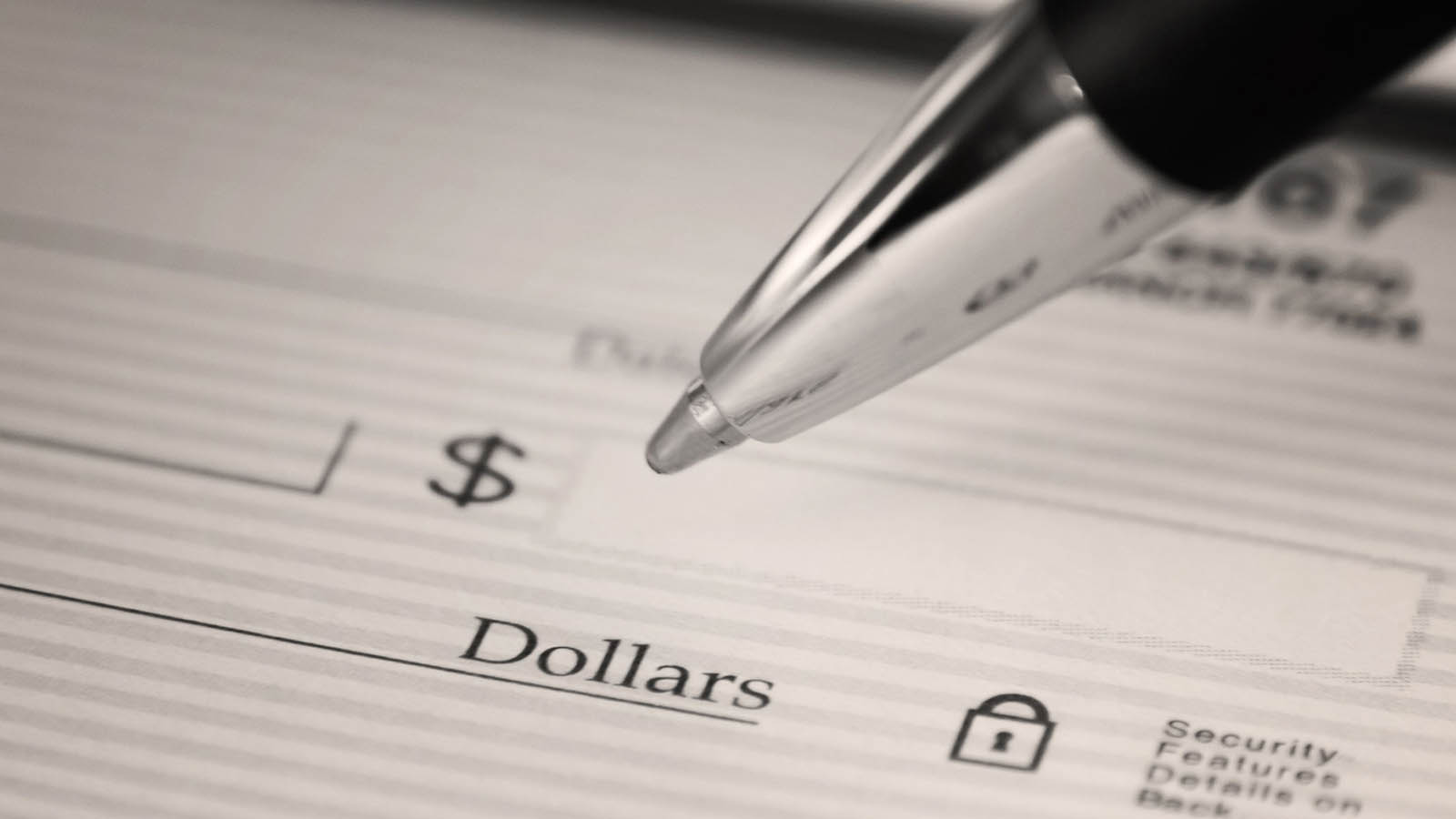CARES Act: The Paycheck Protection Program
Never miss a thing.
Sign up to receive our insights newsletter.

This blog has been updated to reflect changes and clarifications as of April 8, 2020.
On March 27, 2020, Congress passed the Coronavirus Aid, Relief and Economic Security (CARES) Act (the Act). A critical piece of the roughly 900-page, $2.2 trillion legislation is dedicated to small businesses, which employ nearly 60 million people in the United States.
Eligibility
The objective of the Paycheck Protection Program (PPP) established in the Act is to keep small businesses intact during the period of the coronavirus crisis so that they may resume normal operation once the government provides the all-clear. The PPP is an essential part of the legislation, as small businesses are required to abide by federal guidelines and local orders that prevent non-essential businesses from operating as normal.
For businesses with 500 or fewer employees, the PPP provides funding via the existing Small Business Administration’s (SBA) 7(a) lending program. Eligible PPP participants include sole proprietors, independent contractors, gig economy workers and self-employed individuals.
Organizations with more than 500 employees may still be able to participate in the program depending on their industry. Check the SBA’s tool to evaluate other metrics based on your industry’s NAICS code to see if you qualify as a small business.
Size of Loan
A small business can borrow up to 250 percent of its average monthly payroll expenses, not to exceed a total of $10 million. The intent of the loan is to cover eight weeks of payroll expenses and any additional amounts for making payments towards debt obligations. The eight-week period can apply to any time frame between February 15, 2020 and June 30, 2020. Seasonal businesses can decide if they want to measure their expenses using a 12-week period beginning February 15, 2019 or March 1, 2019.
Loan Forgiveness
Organizations that follow the rules of the program will be eligible to have a significant portion of the principal forgiven. To determine the principal amount that could be eligible for forgiveness, calculate the sum of your expenses for payroll and existing interest payments on mortgages, rent payments, leases and utility service agreements. Payroll costs include employee salaries (up to an annual rate of pay of $100,000), hourly wages and cash tips, paid sick or medical leave and group health insurance premiums. Loan forgiveness will not include any portion of the loan funds used for inventory and other business-related expenses.
The PPP was designed to keep people employed at their current base pay. If you retain all of your employees, your entire loan amount should be forgiven. There is a current glitch in the language that we expect to be corrected soon. If you experience lay-offs, the forgiveness will be reduced by the percent decrease in the number of employees. If your total payroll expenses for employees with less than $100,000 in annual salary decreases by more than 25 percent, your eligibility for loan forgiveness will be reduced by the same amount. If you already had layoffs, you can still be forgiven for the full amount of your payroll cost if you rehire your employees by June 30, 2020.
Whether the specific terms of a loan are forgiven could be determined on a case-by-case basis. The maximum loan terms include a 2-year term with interest capped at one percent and a 100 percent loan guarantee by the SBA. In addition to not paying fees on the loan, the collateral requirements and personal guarantees will be waived, and you can expect loan payments to be deferred for at least six months and up to one year starting at the origination of the loan.
Interest on the Forgiven Loan Amount
If the full principal of your PPP loan is forgiven, you will not be responsible for the interest accrued over the eight weeks covered. To determine interest for the remainder of the loan not forgiven, refer to the terms of the loan between you and your lender.
Applying for the PPP
Applications are available at any lending institution approved to participate in the PPP through the SBA’s existing 7(a) lending program or at lenders approved by the Department of Treasury. To locate an approved lender, you can contact your bank or review the SBA’s site for finding eligible lenders.
Guidance
If you would like guidance on the PPP, how to calculate the amount of your loan or other concerns, Weaver’s professionals are here to help you. The guidance to small business borrowers and lenders continues to evolve rapidly.
© 2020
